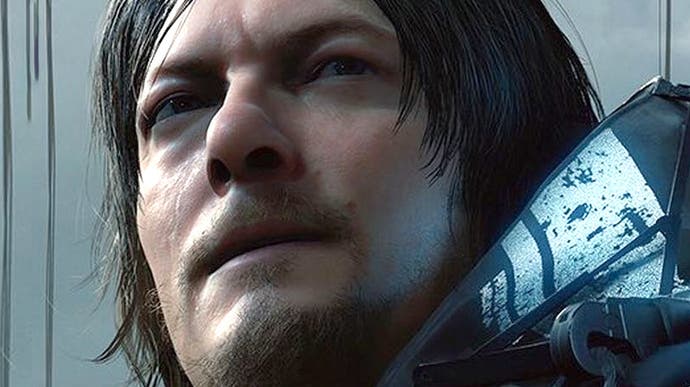Death Stranding: Director's Cut - still impressive on PC, but upgrades are thin on the ground
Plus: what does it take to match or exceed the PS5 experience?
We've already covered Death Stranding: Director's Cut last September, when Hideo Kojima's unique epic received a range of tech and content upgrades for its PlayStation 5 debut. Chief amongst them was the ability to play the game at a targeted 60 frames per second - something that wasn't possible on the PS4 original, even though Kojima Productions originally designed the game for this performance target. The Director's Cut is now available on PC but the upgrade isn't quite so marked. After all, 60fps was on the table for PC users from day one, the port was exceptional and the DLSS implementation opened the door to great performance at high frame-rates.
Obviously, the content improvements of the Director's Cut make their way across, but is there anything new from a technical perspective? Well, the original Death Stranding port's 'default' graphics settings effectively delivered PS4 Pro quality to PC, with only limited upwards scalability. In the case of the Director's Cut, default now delivers the same improved visuals as PS5, which basically means that draw distance has been pushed out a touch while everything else remains much the same.
The Director's Cut also ships with a more refined version of DLSS - version 2.3.7, according to the files. This reduces and eliminates the occasional ghosting trails seen in the initial release. It's worth pointing out that DLSS .dll downloads are readily available for download, and there's nothing stopping you replacing the .dll in the original release for improved DLSS image quality. Eventually, the game will also have XeSS image reconstruction upscale, but we should not expect that until desktop Intel Arc GPUs arrive in the summer.
In terms of CPU performance, not much has changed in this release. Enhancements to level geometry at a distance has a small CPU ramification - a six percent hit to performance, basically - scarcely noticeable. I did note some improvement in frame delivery though: occasional frame-time lurches I noted in the launch game are now gone. When Death Stranding is GPU-limited, I could only see margin of error differences compared to the original version. Loading times? PS5 can still beat a high-end PC with a PCIe Gen 4.0 SSD, but with mere seconds between them, it's a non-issue. Loading times do seem improved in the new PC version, however.
With the default options effectively matching PlayStation 5, I was intrigued to see what kind of graphics card is required to match the console experience, compared with Death Stranding running in its quality mode at native 4K resolution on the Sony console. By isolating areas of the game that constantly dipped between 60fps, we could see which GPU would be the closest match. In some titles, we've seen PS5's graphics core perform in the same ballpark as the Radeon RX 5700 XT - which makes sense as both operate in the 10 teraflop area. With Death Stranding, the results were surprising.
You can see the full test methodology in the embedded video but to cut a long story short - I isolated a couple of areas on PlayStation 5 that can't sustain 60fps at native 4K resolution. Then, using some trickery on the PC side to match the PS5's triple-buffered v-sync set-up, I ran a range of GPUs through the same areas. Interestingly, PS5 out-performed Radeon RX 5700, 5700 XT, RTX 2060 Super and even RTX 2070 Super. RTX 2080 was a pretty close match and by my reckoning it would take RTX 2080 Super, RTX 3060 Ti or RTX 2080 Ti/3070 to deliver a 4K60 lock. Also noteworthy is that different GPU-bound areas see the percentage differentials adjust - when it comes to particle overdraw, for example, RTX 2080 outperforms PS5 in matching scenes.
On the Nvidia side, native resolution performance comparisons are intriguing but ultimately somewhat academic, as I would be recommending DLSS in order to improve image quality over the native TAA solution. Still, the results are interesting and serve to highlight that the new generation of consoles are delivering a remarkable degree of horsepower - and remember, it's still early days in the current console generation.
In conclusion, Death Stranding: Director's Cut remains a very creditable PC port, just as it always has been and if you've not experienced the game yet, it makes sense to get the more fully featured update. The content enhancements are welcome but I would have dearly loved to have seen Kojima Productions push PC technology harder - and to truly create a special edition that taps into the features now available on the latest hardware. We should expect the XeSS upscaling to follow at some point, but support for hardware accelerated ray tracing and variable rate shading would have been a good start. Up against consoles, the only advantages are higher frame-rate support, slightly improved model quality and the ability to improve consoles' lacklustre texture filtering. And actually, bearing in mind how little impact those features have on the GPU, I'm surprised they're not there in the PS5 version to begin with.










